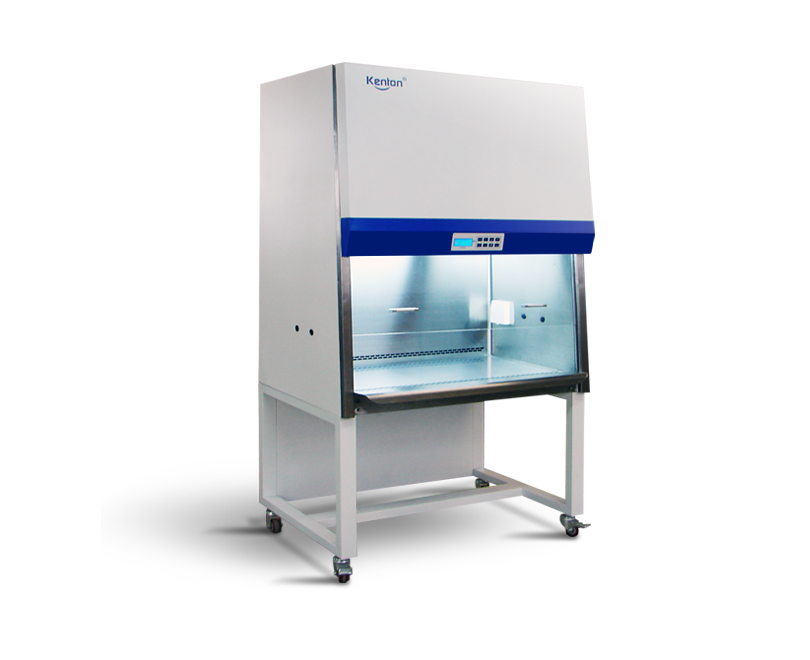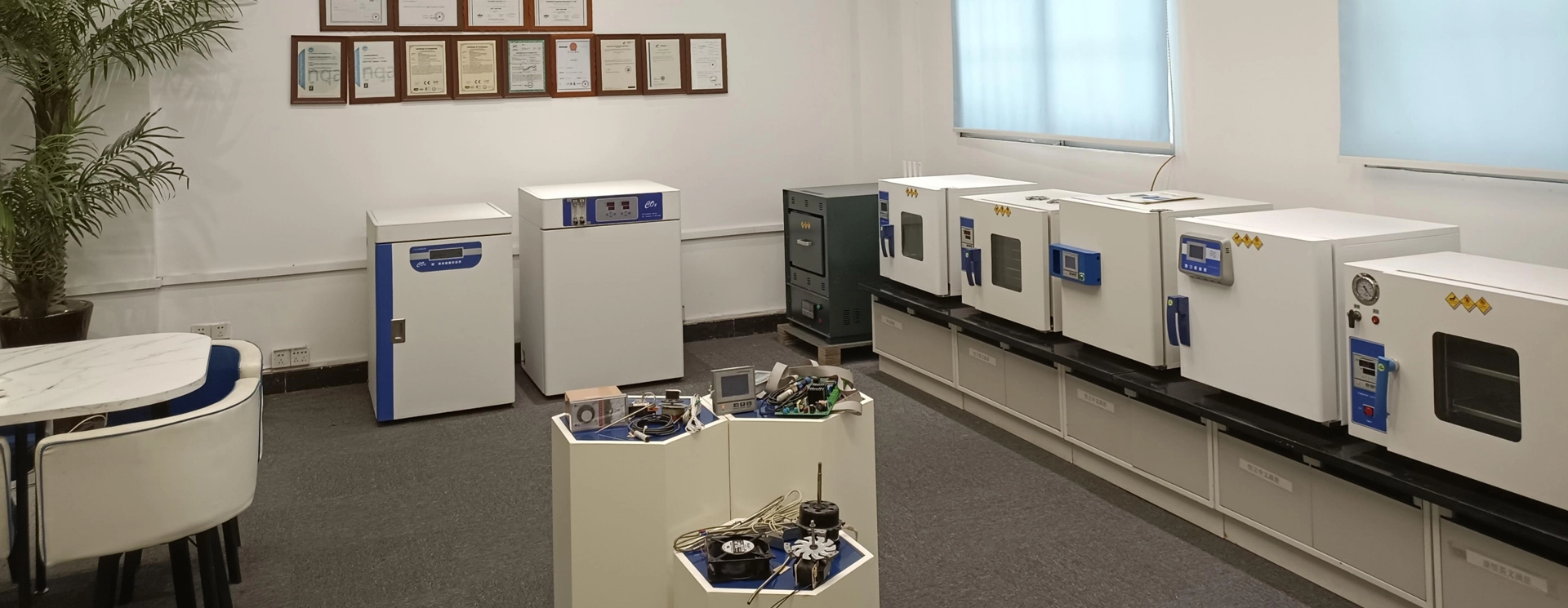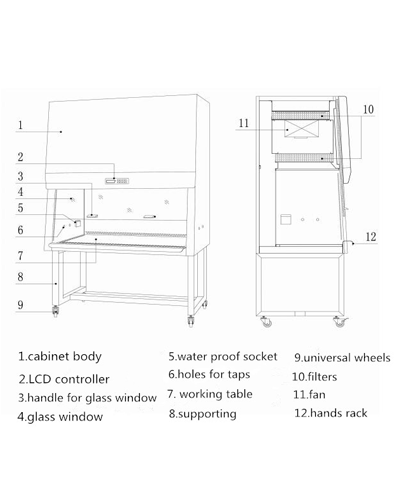


Biological Safety Cabinets are critical
containment systems that safeguard researchers, samples, and the environment when handling hazardous biological materials. Utilizing HEPA-filtered airflow and negative pressure, they prevent exposure to pathogens like viruses and bacteria while maintaining sample integrity. Essential for work with BSL-2/3 agents, vaccine development, and clinical diagnostics, BSCs comply with NSF/ANSI 49 and EN 12469 standards. Features like UV sterilization and alarm systems enhance safety, making them indispensable for labs prioritizing biosafety and regulatory compliance.
Essential for safe handling of pathogenic bacteria/viruses (BSL-2/3)
Prevents lab-acquired infections via HEPA-filtered airflow containment
Maintains sample purity during culturing, staining, or PCR prep
Critical for TB diagnostics, antibiotic testing, and viral research
Complies with WHO/CDC biosafety guidelines
Biological Safety Cabinets are indispensable
investments for laboratories handling hazardous materials, offering triple protection for researchers, samples, and the environment. By creating a HEPA-filtered containment zone, BSCs enable safe work with pathogens, toxins, and sensitive biological agents while preventing contamination and exposure risks. Their precision airflow systems ensure sample integrity for critical research in virology, vaccine development, and genetic engineering, directly enhancing data reliability. Compliance with global biosafety standards, proofs labs against regulatory hurdles. For institutions, BSCs minimize workplace hazards, reduce costly experimental repeats, and uphold reputational credibility, making them not just equipment, but strategic assets for groundbreaking, ethical science


The alarm is to hint the unsafe operation to operator, check the LCD screen to find the reasons of the alarm,the normal alarm is SASH ALARM, it means the front window is in improper height or closing position(UV mode),it can be solved by adjusting the position of the window.
The other alarm is the wind speed alarm! It display airflow speed failure, operator should check if airflow have been baffled, and correct it in time.while if the alarm is continue, operator should stop operating,because the cabinet is in unsafe condition. Pls ask to our after service.
Other reports about system failure and error:
when airflow failure, it will display AIRFAIL:NO!
if controller detects more than one switch is activated at the same time, the screen will display.
SASH:ERROR POSITION,as front window only exist a safe position at a time.it indicates that front window monitor system errors.
When fan speed sensor is not calibrated, it will display SENSOR UNCALIBRATED.

Our product specifications are mainly based on the dimensions of the cavity(height, width, depth, and volume). Key parameters to report include the temperature range, temperature accuracy, required uniformity, and the material of the cavity(all of these can be found in each product's description).

At Kenton, we set out to redefine laboratory equipment by addressing the real challenges researchers face every day. We tested countless instruments from other brands, only to find persistent gaps such as inconsistent temperature control, unreliable contamination prevention, and complicated designs that disrupt workflows. Too often, labs must choose between precision, durability, and affordability, settling for equipment that falls short in critical moments. That’s why we engineered Kenton products differently, product that brings together all these essential elements.

The BIOCASION-A2 and B2 Biological Safety Cabinets differ in airflow design and applications. The A2 models recirculate 70% of HEPA-filtered air, making them ideal for BSL-1/2 work like cell culture. The B2 models exhaust 100% of air externally, designed for BSL-2/3 applications involving volatile chemicals or high-risk pathogens. While both meet ISO Class 5 standards, the A2 offers cost-effective containment for routine work, whereas the B2 provides maximum safety for hazardous materials. Choose based on risk level and chemical use.

We recommend providing us with your product's temperature requirements before trying it. We can then offer recommendations or tailor a solution based on your specific needs. High temperatures may cause discoloration on the cavityof the product, which can affect future sales, so we do not recommend testing if the temperature is too high.

2 years.

We provide video repair procedures.
